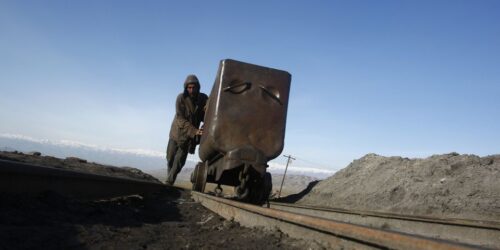Returning to power in Afghanistan after a 20-year absence, the Taliban have regained control of natural resources that a former mines minister of the country once said could be worth up to $3 trillion.
That estimate was made toward the end of the last commodities supercycle in 2010 and could be worth even more now, after a global economic recovery from the coronavirus shock sent prices for everything from copper to lithium soaring this year.
Afghanistan is rich in resources like copper, gold, oil, natural gas, uranium, bauxite, coal, iron ore, rare earths, lithium, chromium, lead, zinc, gemstones, talc, sulphur, travertine, gypsum and marble.
Below is a breakdown of some of Afghanistan’s key resources, as estimated by the country’s mining ministry and the U.S. government, as well as their potential monetary value for the war-ravaged Afghan economy if security challenges can be overcome.
COPPER
A 2019 report by Afghanistan’s Ministry of Mines and Petroleum put the country’s copper resource at almost 30 million tonnes.
An Afghan mining sector roadmap published by the ministry in the same year said there were another 28.5 million tonnes of copper in undiscovered porphyry deposits. That would bring the total close to 60 million tonnes, worth hundreds of billions of dollars at current prices as demand for the metal grows.
A consortium of Metallurgical Corp of China (MCC) (601618.SS) and Jiangxi Copper (600362.SS) took on a 30-year lease for the largest copper project in the country, Mes Aynak, in 2008.







